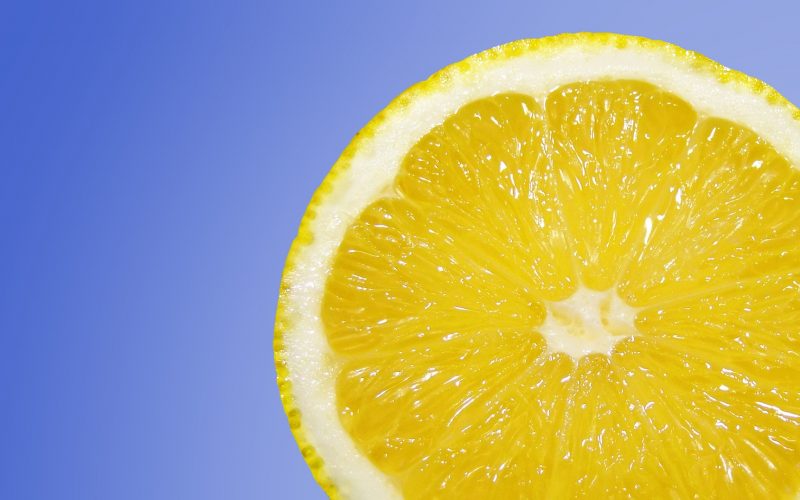
I recently got into a rather heated discussion about design, innovation and lemon juice.
We were debating the iconic Juicy Salif lemon squeezer designed by Philippe Starck for Italian design house Alessi in1990.
Apparently the design idea was born out of a plate of calamari as Philippe tucked into his lunch one day on the Amalfi coast.
As he munched he started to muse and scribble on his paper napkin. Over the course of lunch he developed the Juicy Salif lemon juice squeezer, which is now an iconic design that you can see on display in the Museum of Modern Art in New York.
I think it is a beautiful object, a squiddish alien on long slender legs, a worthy aesthetic to any kitchen worktop.
However, as a device to squeeze the juice out of lemons, apparently it’s not actually very good. The juice runs down the alien legs and makes a mess of the worktop. My friend said it’s a bit tricky and they use a plate to catch the lemon juice then they try to pour the juice from the plate into a cup.
My view was that it was a beautiful object, but if it didn’t actually work as its intended purpose – to easily extract juice from lemons then it was a failure. My friend disagreed on the basis it did ‘kind of work.’
I don’t think beauty and functionality are mutually exclusive. For me a product innovation like this exists at the intersection of design aesthetic and functionality. You can have both and, for me, a beautiful design that does not achieve its intended purpose, is a failure.
What do you think?
